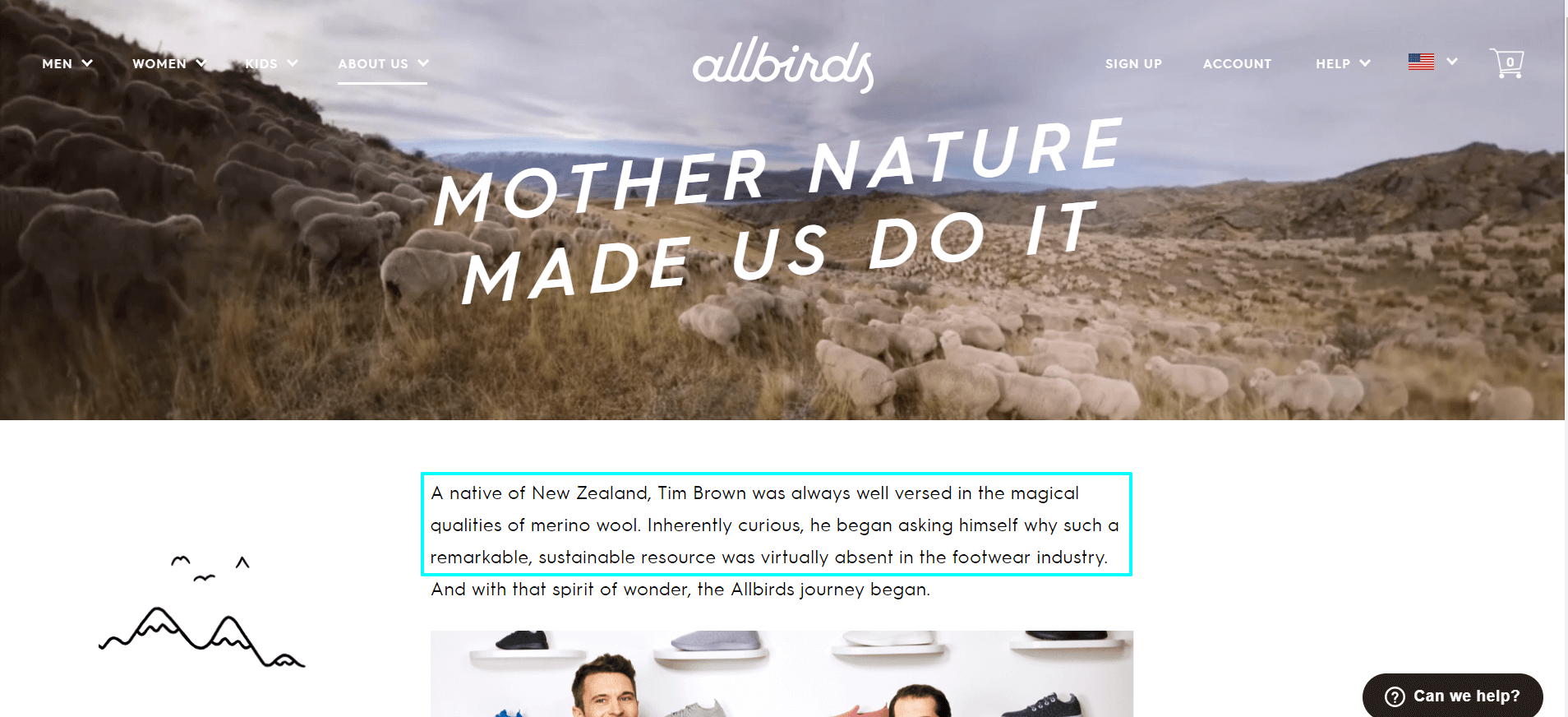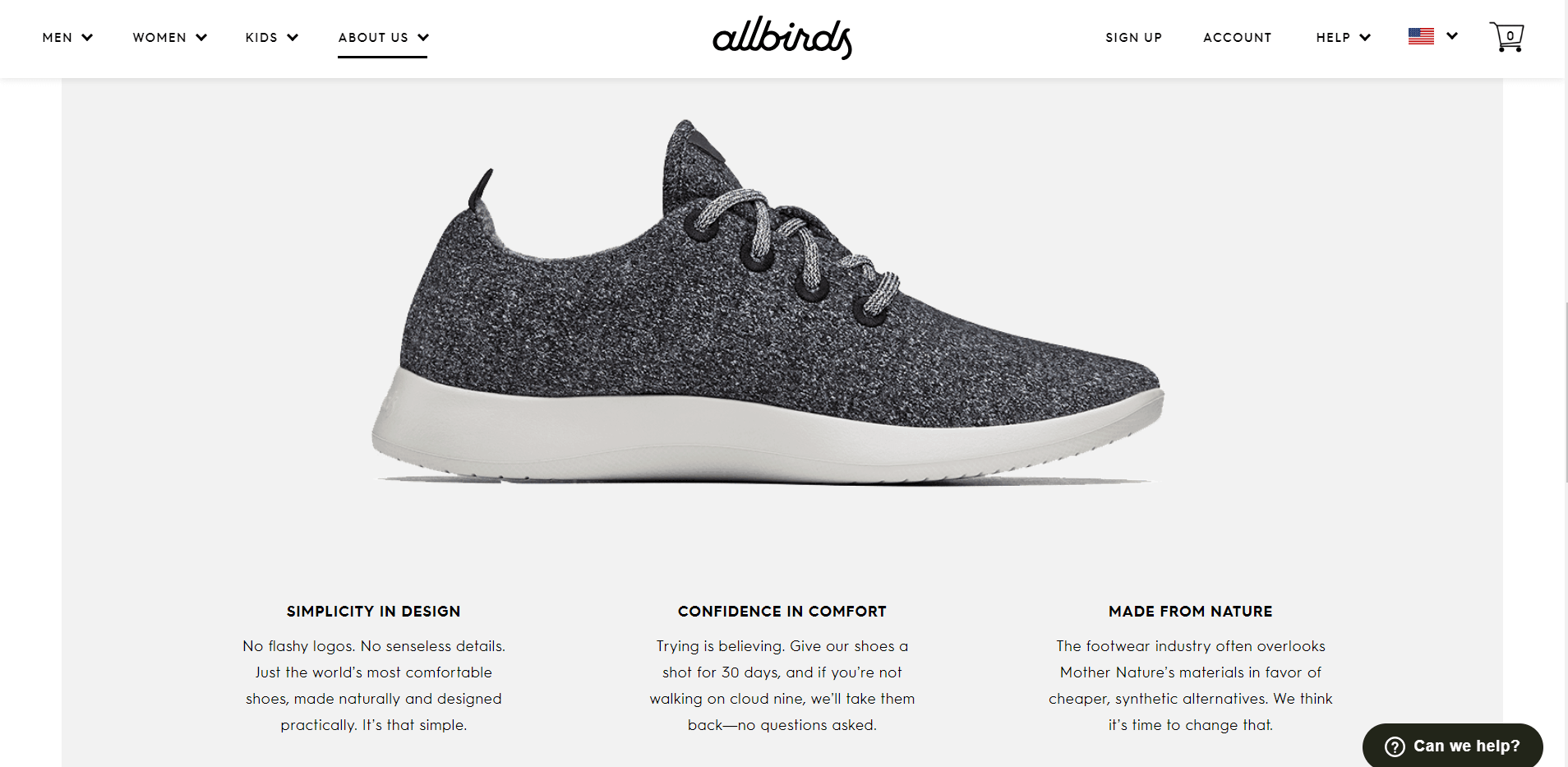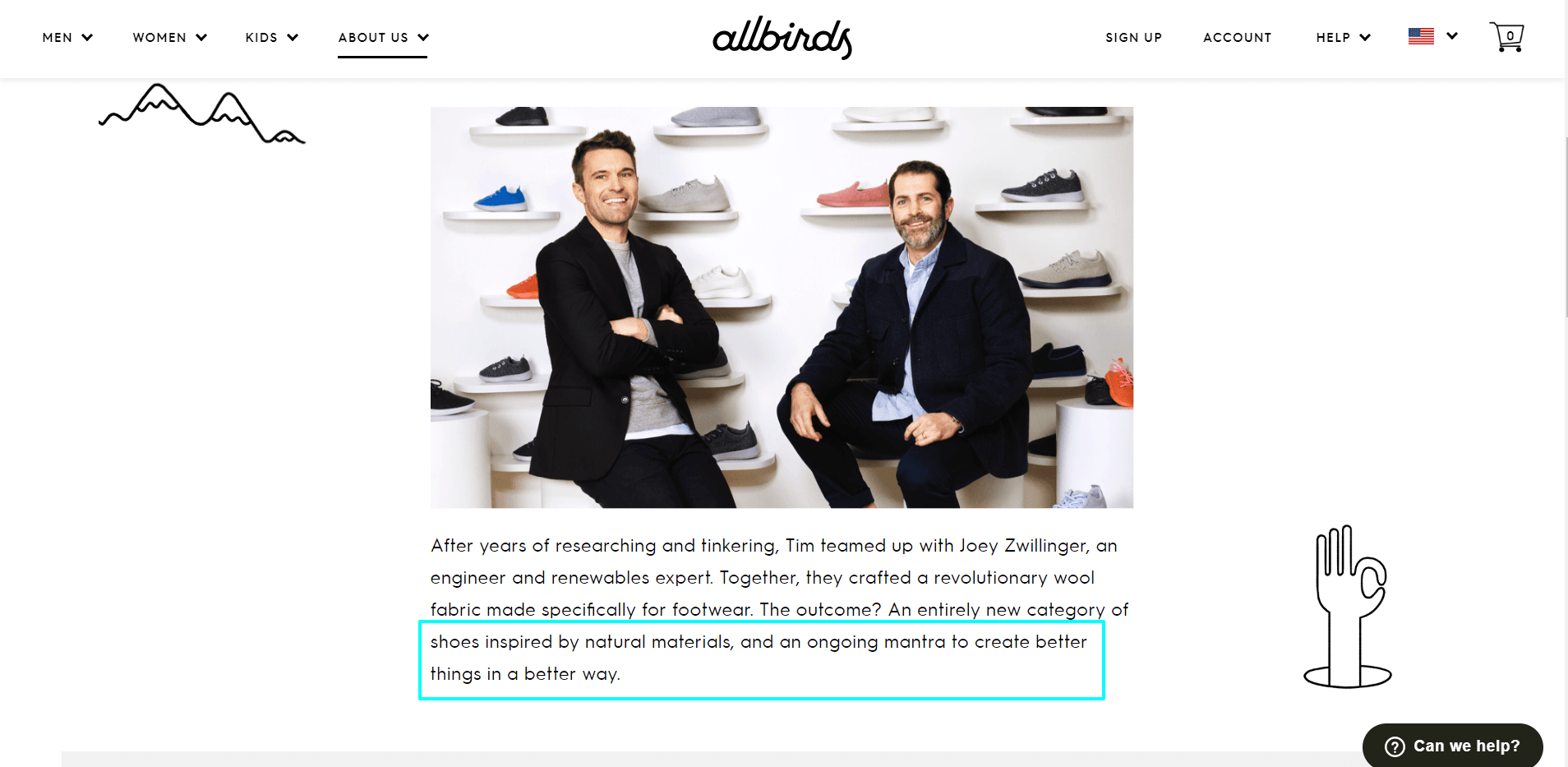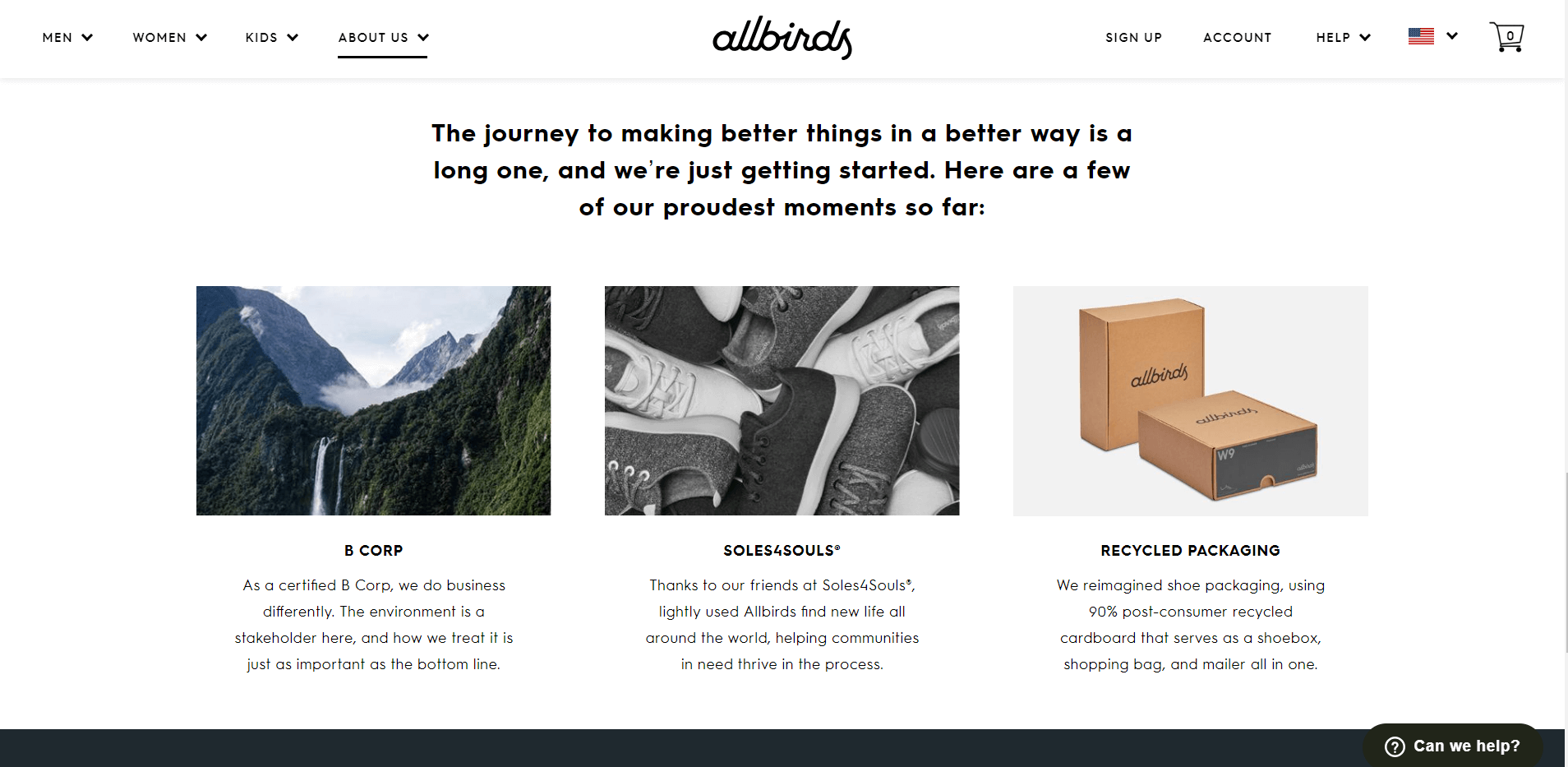The times they are a-changin’. The generation everyone loves to hate on — #millennials — is estimated to now have the most spending power of any generation (Forbes). Millennials make up a good portion if not the majority of the target audience for most brands, and it’s unlikely that yours is the exception.
When it comes to spending our hard-earned money — yes, I’m giving away that I’m a millennial too — our decision-making process looks a little different than that of previous generations.
Big brand names don’t impress us. Features and benefits aren’t enough to sway us. Excellent customer service is a baseline expectation.
If you want your brand to stand out to millennials, you need more than a good product or service. You need to have — and clearly communicate — a brand purpose. 75% of millennials say it’s fairly or very important that a company gives back to society instead of just making a profit (Millennial Branding). Furthermore, we’ll buy from these companies even if it means spending more money (Nielsen).
What is Brand Purpose?
Let’s start with what it’s not. It’s not your “about us.” Your mission and values are related to purpose, but not the same. Brand purpose is the way in which a company has dedicated themselves to making the world a better place.
The “world” could literally mean the world, or a smaller portion of it — a special interest group, a state, a community … whoever or whatever the brand is focused on helping, their entire operation is run with it in mind.
It permeates the way they operate, their decision-making, and their voice and tone. At least, it should. Don’t make the mistake of relegating your brand purpose to a single sentence on an “about” page. Weave it into your story everywhere.
Who’s Doing it Right?
Allbirds is a footwear company inspired by natural materials. Like most websites, theirs has the requisite “about us” page, and it’s a great example of how mission, values and purpose relate to each other.

Mission
Allbirds lays out their mission right at the top of the page. The mission is the problem they set out to solve. They saw something missing from the footwear market and had an idea to fill it.

Values
A brand’s values are their principles. All their products/services must align with them. Allbirds very straightforwardly highlights three — simplicity in design, confidence in comfort and made from nature.
Not sure how to distinguish between values and purpose? Values are focused on the brand’s product. Purpose is about the impact that the brand and their products have on others.


Purpose
This is the piece of the puzzle that makes millennial buyers perk up. We’re a generation that believes in not just doing good but doing better. We feel personally responsible for improving the world not only for ourselves, but for the disadvantaged and generations to come.
Social responsibility is a value of the millennial generation, and it greatly influences the choices we make.
Allbirds claims as their mantra “to create better things in a better way.” It’s simple and gives customers a quick hit of feel-good-about-what-we’re-doing vibes. They don’t stop there, though. They go into specifics, and that benefits them in two ways. 1. It proves that they mean what they say and aren’t just spewing hot air. 2. It specifically calls out hot-button issues that customers are likely to relate to.
That’s all it takes to make customers feel good about clicking “add to cart.”
Your Employees Care Too
Unemployment is the lowest it’s been since 2000. That’s great for the economy but can be challenging for employers. Low unemployment means lots of companies are hiring and that means competition.
Brand purpose benefits your organization here too. 64% of millennials consider a company’s social and environmental commitments when deciding where to work, 75% would take a pay cut to work at a company with strong corporate social responsibility practices, and 64% won’t take a job that doesn’t have strong CSR values (Cone).
Current employees are affected as well. Increased employee engagement = better employee retention. Nearly 60% of employees who are proud of their company’s social responsibility are engaged at their jobs (Double the Donation).
What if You Don’t Have a Brand Purpose?
“Oh no, we don’t have a brand purpose! We’re doomed!”
Take a deep breath. Are you sure you don’t have a brand purpose? Just because it isn’t defined and recorded doesn’t mean you don’t have one. Unless the sole reason for the existence of your company is to sell stuff and make money, you probably have a purpose, it might just take some soul-searching to figure it out.
The old trusty “about us” page is a good place to start looking for clues. What are you already saying about yourself that might extend to the greater good? Do you just need to expand on your values?
If that comes up short, it’s time to ask some questions. You might know the answers, or you may have to get a few key stakeholders in a room to talk it out.
- What was the driving factor in this business being started?
- What good are we trying to do in our community/industry/the world?
- What hot-button topics do we care about as an organization?
Tell Your Audience
Now is not the time to be shy. Incorporate your purpose into your brand voice. Your audience should see your brand purpose throughout your digital presence — website, social, email, advertising … all of it.
When you talk about your products/services include the why behind them and how they make the world a better place.
Need Help?
Whether you need to facilitate a deep-dive branding session, or a strategy for sharing your purpose with the world, the experts at Liquid are here to help. Let’s talk.

